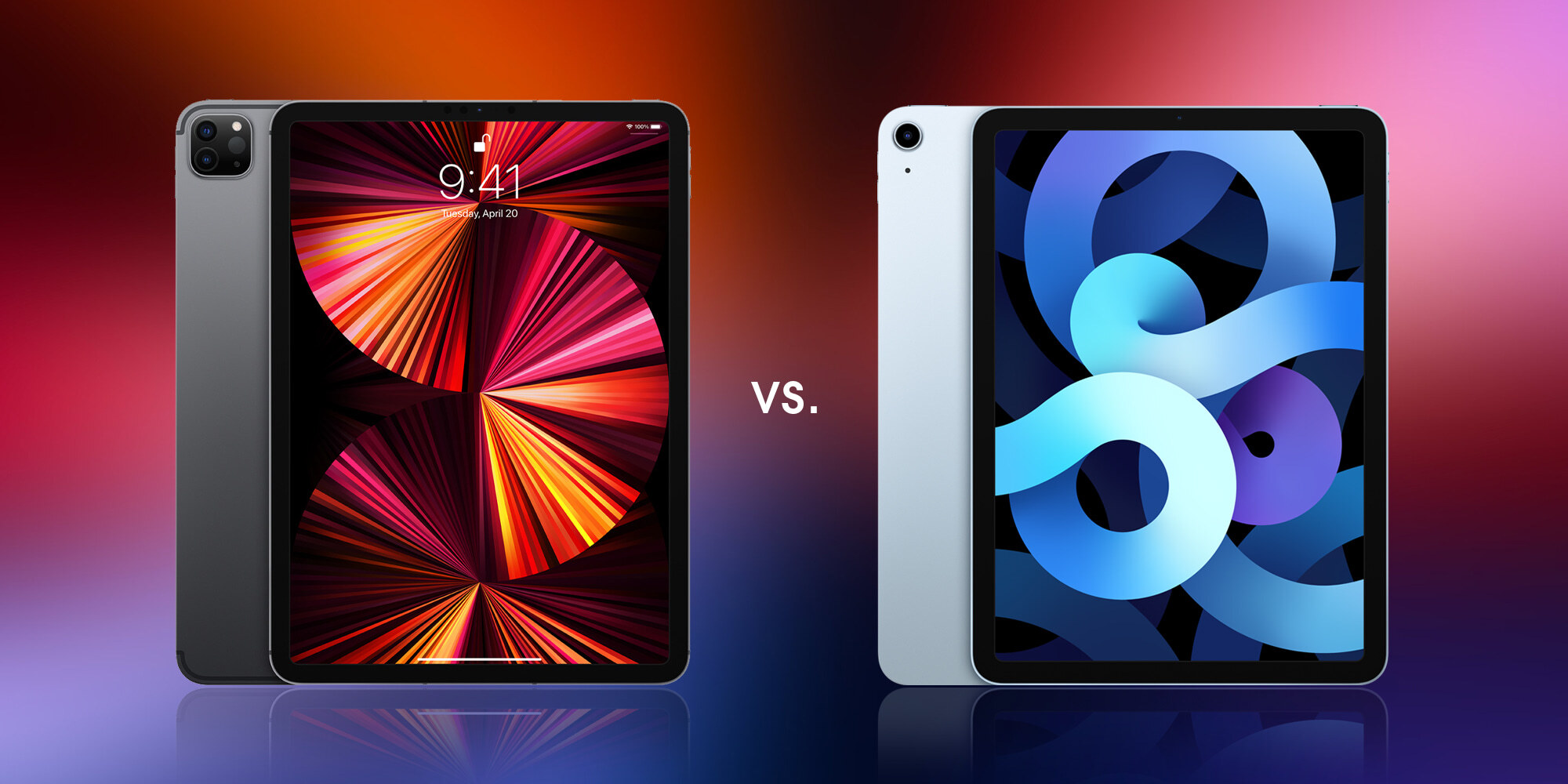

This leads to a writing and drawing experience that feels more natural. This is only the case if the tablet or smartphone has a powerful enough GPU to match the higher refresh rate.ĭrawing with an Apple Pencil also benefits from a higher refresh rate, since there is a lower latency (just 20ms on the latest models) before seeing the digital ink appear on-screen. In gaming, it may even give you an edge, since you have twice the theoretical frame output compared with a 60Hz display. This leads to a more pleasant user experience where performing various tasks feels more fluid and responsive. When you double the refresh rate, you effectively double the amount of feedback your taps and swipes generate. The obvious benefit of a higher refresh rate is smoother motion on-screen, whether you’re simply scrolling through social media, browsing the web, or playing a game.
#IPAD PROMOTION DISPLAY UPDATE#
At its lowest refresh rate, the iPhone 13 will update its display just 10 times every second.

This is why the ProMotion display on the iPhone 13 family is advertised as having a range of 10Hz to 120Hz.
#IPAD PROMOTION DISPLAY FULL#
While playing a game you might use the full refresh rate of 120Hz for smooth gameplay, but if you’re simply staring at a static screen then the tablet or smartphone can reduce the refresh rate to suit.

ProMotion displays are also adaptive, which means they can change their refresh rates to suit whatever it is you’re doing. Most displays including standard non-ProMotion iPhones and iPads use a 60Hz display. A display’s refresh rate refers to how many times the display updates in a single second. For a display to bear the ProMotion label it must have a maximum refresh rate of 120Hz.


 0 kommentar(er)
0 kommentar(er)
